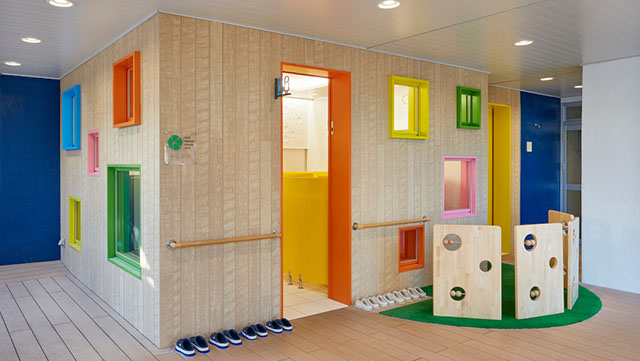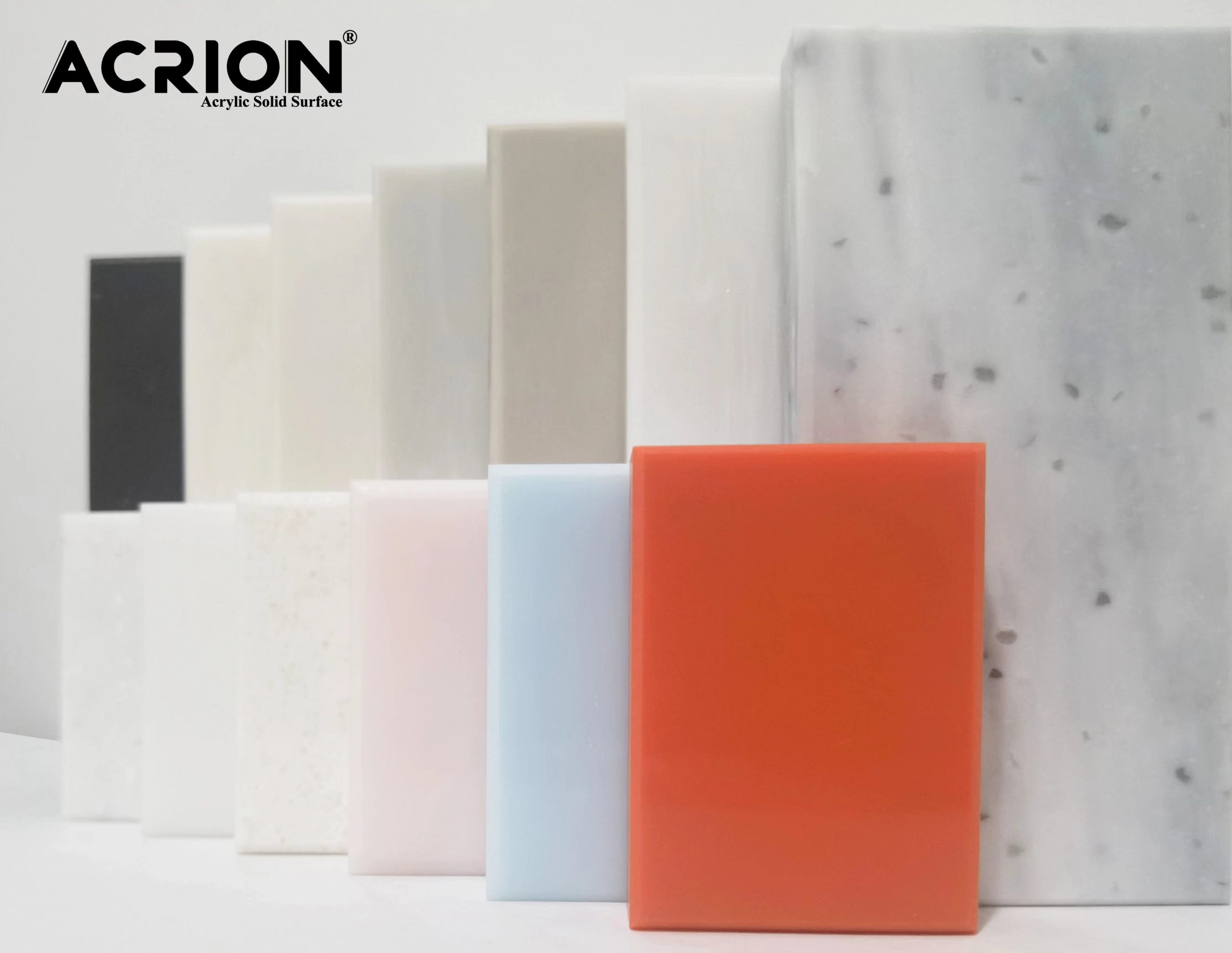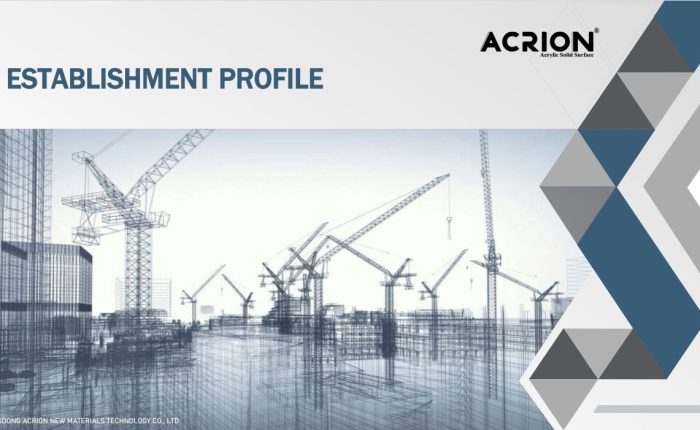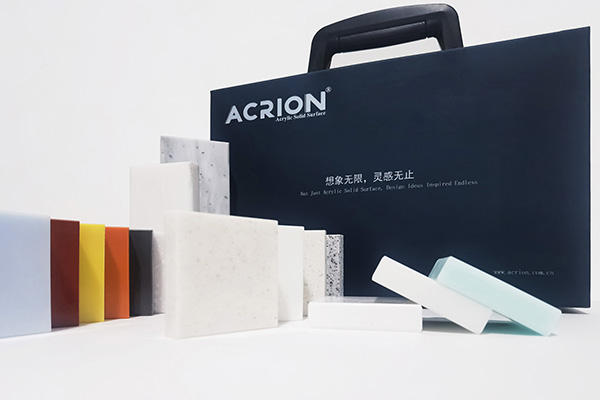Solid Surface in Education Space: Enhancing Learning Environments with Durable and Versatile Materials

Solid surface materials have been around for several decades, but it is only recently that they have gained popularity in the education space sector. From classrooms to laboratories, solid surface materials are becoming a go-to choice for architects and designers who want to create durable and versatile learning environments. In this article, we will discuss what solid surface materials are and how they are enhancing education spaces.
What is Solid Surface?
Solid surface is a man-made material that is composed of mineral dust, resins, and pigments. The resulting material is solid and non-porous, which makes it highly durable and resistant to stains, scratches, and bacterial growth. Solid surface materials are available in a wide range of colors, textures, and finishes, making them suitable for various design styles and applications.
Why Solid Surface is a Good Choice for Education Spaces
Durability
Education spaces are high-traffic areas that are prone to wear and tear. Solid surface materials are incredibly durable, making them ideal for classrooms, laboratories, and other education spaces. They can withstand heavy use and resist scratches, stains, and impact damage.
Low Maintenance
Solid surface materials are easy to clean and maintain. They do not require any special cleaning agents or treatments, which means that maintenance costs are minimal. A simple wipe down with soap and water is usually enough to keep them looking new.
Design Flexibility
Solid surface materials offer design flexibility, allowing architects and designers to create unique and attractive spaces that meet the needs of their clients. They are available in a wide range of colors, patterns, and textures, which means that they can be used to create a variety of looks, from modern to traditional.
Hygienic
Solid surface materials are non-porous, which means that they do not absorb water, dirt, or bacteria. This makes them ideal for education spaces where hygiene is critical, such as laboratories and bathrooms. They are also resistant to mold and mildew growth, which further enhances their hygienic properties.
Applications of Solid Surface in Education Spaces
Classrooms
Solid surface materials can be used for classroom countertops, desktops, and work surfaces. They are durable and easy to clean, making them an excellent choice for busy classrooms. They can also be designed to match the décor of the classroom, creating a cohesive and attractive learning environment.
Laboratories
Laboratories require durable and hygienic materials that can withstand chemical spills and heavy use. Solid surface materials are non-porous, making them resistant to chemical damage and bacterial growth. They are also available in a variety of colors, making it easy to color code workstations and equipment.
Bathrooms
Bathrooms in education spaces require durable, low-maintenance, and hygienic materials. Solid surface materials are non-porous, making them resistant to water damage and bacterial growth. They are also easy to clean and maintain, making them a popular choice for school bathrooms.
Conclusions
Solid surface materials offer a range of benefits that make them an excellent choice for education spaces. They are durable, low maintenance, hygienic, and offer design flexibility. As a result, they are becoming increasingly popular in classrooms, laboratories, and other education spaces. Architects and designers can choose from a variety of colors, patterns, and textures, making it easy to create unique and attractive learning environments that meet the needs of their clients. Solid surface materials are the perfect fit for modern educational spaces that require both durability and design flexibility.



